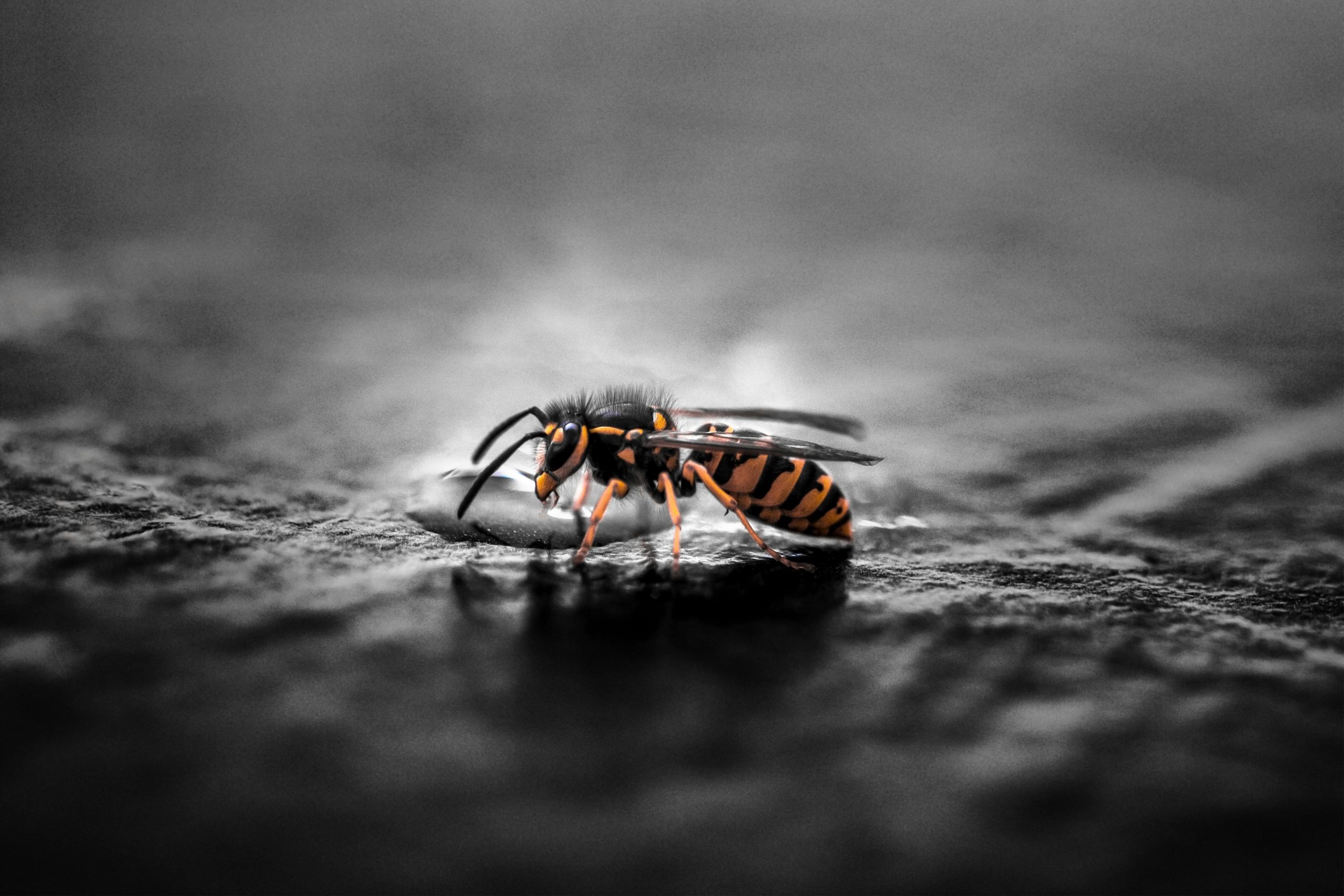Key Takeaways
-
Yellow jacket stings can cause mild discomfort or severe allergic reactions (anaphylaxis).
-
Severe reactions require immediate medical treatment.
-
Home remedies effectively manage mild symptoms.
-
Prevention is key—keep food covered and remove nests proactively.
-
Professional pest control ensures safe, thorough yellow jacket removal.
 Yellow jackets, commonly mistaken for bees, are aggressive insects frequently invading outdoor gatherings and household spaces across the United States. Known for their painful stings, yellow jackets can also trigger allergic reactions, ranging from mild discomfort to life-threatening anaphylaxis.
Yellow jackets, commonly mistaken for bees, are aggressive insects frequently invading outdoor gatherings and household spaces across the United States. Known for their painful stings, yellow jackets can also trigger allergic reactions, ranging from mild discomfort to life-threatening anaphylaxis.
Why Are Yellow Jacket Allergic Reactions a Concern?
Yellow jackets can sting multiple times, repeatedly injecting venom. This behaviour makes encounters especially dangerous for people allergic to their venom. Even a single sting can provoke severe reactions, highlighting the importance of awareness and prevention.Types of Allergic Reactions to Yellow Jacket Stings


Not getting a solution?
Get your free pest control estimate today!Mild to Moderate Reactions
-
Pain and Burning: Immediate discomfort at the sting site.
-
Redness and Swelling: Can peak within 24-48 hours.
-
Itching: May persist for several days.
Severe Allergic Reactions (Anaphylaxis)
-
Difficulty Breathing: Shortness of breath or wheezing.
-
Swelling: Particularly around the face, lips, or throat.
-
Dizziness or Fainting: Caused by a rapid drop in blood pressure.
-
Rapid Heartbeat: Often accompanied by panic or anxiety.
-
Widespread Skin Reactions: Hives or redness spreading across the body.
Who is at Risk?
Anyone can develop a yellow jacket allergy, but individuals with previous insect sting reactions or family history of allergies are particularly vulnerable.How to Treat Yellow Jacket Stings at Home (DIY)
- Move Away Calmly: Avoid additional stings by quietly relocating.
- Apply Ice Packs: Reduces swelling and pain.
- Antihistamines: Benadryl or Zyrtec to relieve itching and swelling.
- Topical Treatments: Hydrocortisone cream, calamine lotion, or aloe vera gel for comfort.
When to Seek Immediate Medical Attention
- Severe breathing difficulties or chest tightness
- Swelling of face, lips, or throat
- Extreme dizziness or fainting
- Rapid heart rate or panic symptoms
- Multiple stings causing severe reactions
Pros & Cons of DIY vs. Professional Yellow Jacket Sting Treatment
| Method | Pros | Cons |
|---|---|---|
| DIY Treatment |
|
|
| Professional Medical Treatment |
|
|
How to Prevent Yellow Jacket Stings
- Cover foods and drinks at outdoor events.
- Secure garbage cans tightly.
- Inspect regularly and remove yellow jacket nests promptly.
- Avoid strong fragrances and bright-colored clothing outdoors.
- Wear protective clothing (long sleeves, pants, closed-toe shoes).





